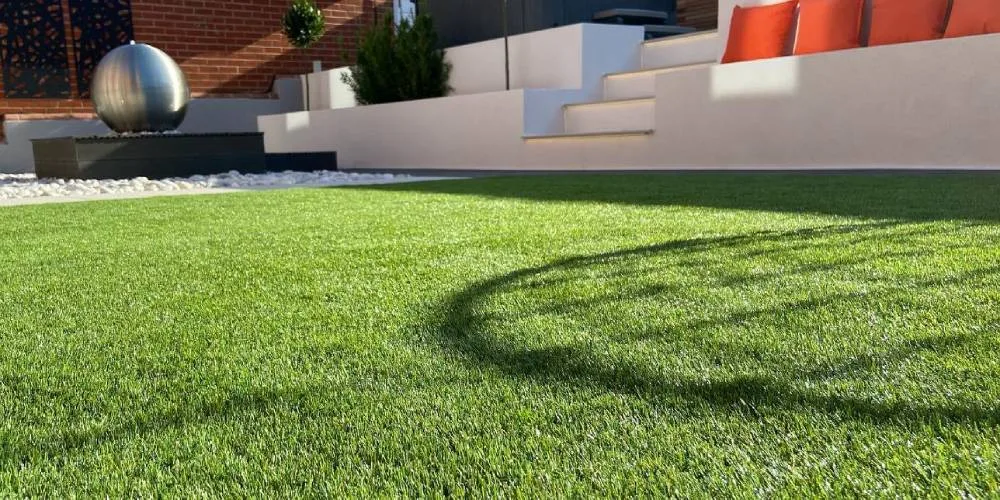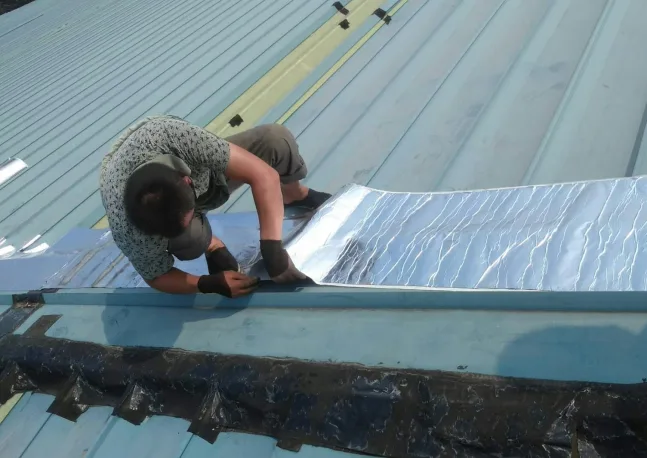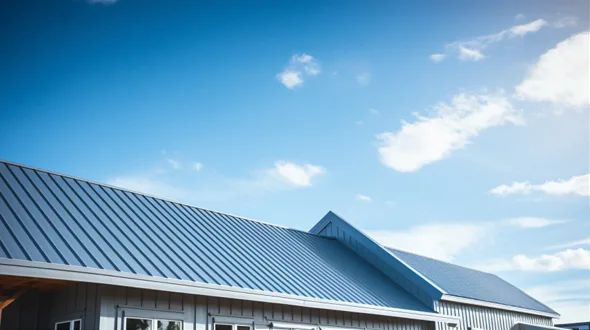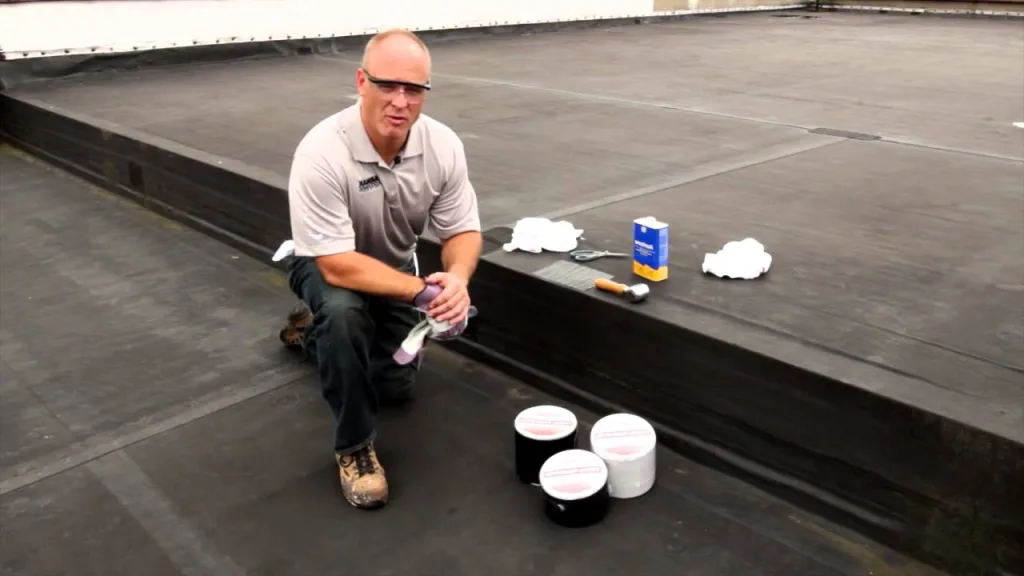Did you know that a single leak in your RV could cost you hundreds, if not thousands, of dollars in repairs? Water damage is one of the most common nightmares RV owners face, and it often starts with a poorly sealed surface. But here’s the good news: there’s an affordable, easy-to-use solution that could save you from such costly headaches. Butyl tape, a versatile and durable sealing material, is the unsung hero of RV maintenance. In this article, we’ll explore the magic of butyl tape, its many uses, and exactly how to apply it to keep your RV in pristine condition, whether you’re braving a storm or enjoying sunny trails.
What is Butyl Tape?
Butyl tape is a highly versatile adhesive tape made from butyl rubber, a synthetic material prized for its flexibility, durability, and waterproofing properties. This tape is unique because it combines an incredibly sticky adhesive with the ability to conform to irregular surfaces. It is a non-hardening sealant, meaning it stays flexible and malleable even years after application. This makes it perfect for creating long-lasting seals on a wide range of materials, including metal, glass, plastic, and wood.
For RV owners, this tape is an essential tool because it can seal seams, patch holes, and waterproof vulnerable areas where leaks might otherwise develop. A popular variant, butyl foil tape, adds a layer of aluminum backing for increased durability and heat resistance, making it ideal for sealing areas exposed to high temperatures. Whether you’re sealing windows, vents, or roof seams, butyl tape is the reliable ally every RV owner needs.

Why Use Butyl Tape on Your RV?
RVs are exposed to harsh environments—wind, rain, sun, and constant vibration while traveling. Over time, these factors can weaken seals around windows, doors, and vents, leaving your RV vulnerable to leaks and water damage. Butyl tape provides a flexible, weatherproof solution to keep your RV protected, no matter the conditions.
Unlike caulking, which can crack and deteriorate over time, butyl tape stays pliable, adapting to the natural expansion and contraction of RV surfaces. This is crucial because an RV’s materials are constantly shifting due to changes in temperature and movement. Additionally, butyl tape is easy to use and mess-free compared to liquid sealants. Once applied, it forms a watertight bond that can last for years, making it an efficient and cost-effective solution.
5 Applications of Butyl Tape on Your RV
Butyl tape are suitable for various sealing and bonding tasks, here are 5 things it can do for your RV:
Sealing RV Roof Seams
Butyl tape is an essential solution for sealing the seams on your RV roof. Roof leaks are a frequent issue for RV owners, and using butyl tape ensures a durable, waterproof barrier that protects against rain and moisture. Its flexibility allows it to move with the RV’s surface, maintaining the seal over time.
Resealing Windows and Doors
Windows and doors are common entry points for drafts and water leaks, especially as seals wear down over time. Butyl tape can replace old seals effectively, creating an airtight and watertight barrier. It adheres seamlessly to glass, metal, and plastic surfaces, ensuring long-lasting protection.
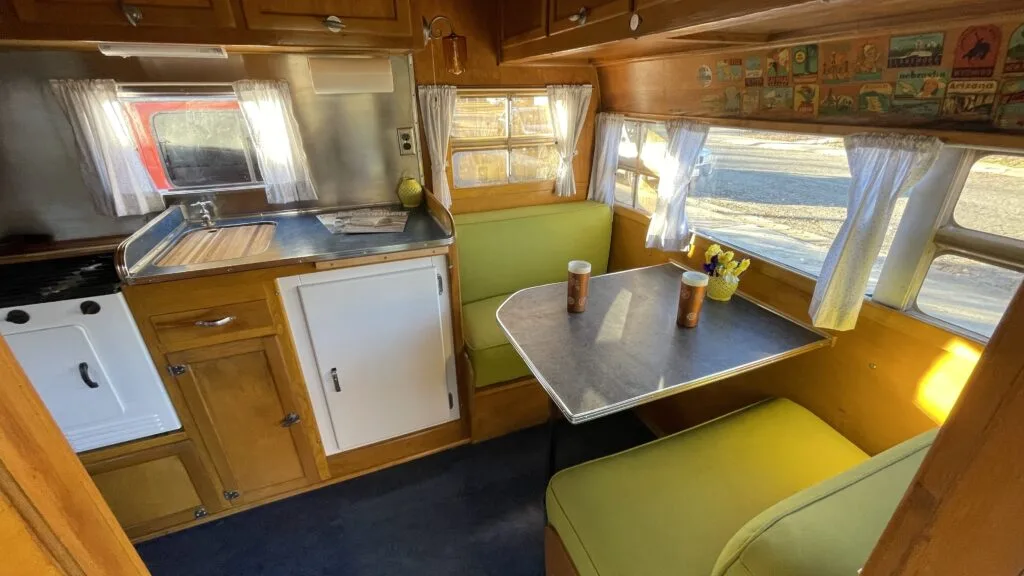
Installing or Repairing Vents and Skylights
Vents and skylights on an RV are often exposed to rain, sunlight, and debris, making them prone to leaks. Butyl tape is ideal for sealing these areas, as it maintains a tight, flexible seal even in extreme weather conditions. Its adaptability makes it a reliable option for both installation and repair.
Patching Small Holes in the Exterior
Debris or wear and tear can cause small holes in your RV’s exterior, compromising its integrity. Butyl tape provides a quick and effective solution to patch these holes, restoring a smooth, waterproof surface. The tape adheres to various materials, including aluminum and fiberglass, making it versatile for different exterior types.
Securing Trim and Molding
Trim and molding are not just decorative but also functional, protecting edges and seams from damage and water ingress. Butyl tape helps hold these components firmly in place while sealing gaps to prevent moisture from seeping underneath. Its adhesive strength and flexibility ensure a clean, professional finish.
4 Steps on How to Use Butyl Sealant Tape on Your RV
Step 1: Prepare the Surface
Start by cleaning the surface thoroughly to remove any dirt, grease, or old sealant. A clean and debris-free surface ensures that the butyl tape adheres properly and creates a stronger, more durable seal.
Step 2: Measure and Cut the Tape
Carefully measure the area where you will apply the tape and cut the tape to the desired length. Precision during this step is crucial for achieving a seamless and uniform seal.
Step 3: Apply the Tape
Press the butyl tape firmly onto the surface. Begin at one end and work your way to the other, taking care to avoid any gaps or air bubbles. Proper alignment and even pressure are key to a smooth application.
Step 4: Secure the Seal
Place the mating surface, such as a vent frame, window trim, or other component, over the tape. Tighten it into place using screws or fasteners. The added pressure locks the tape into position, creating a long-lasting, watertight bond that withstands environmental stress.
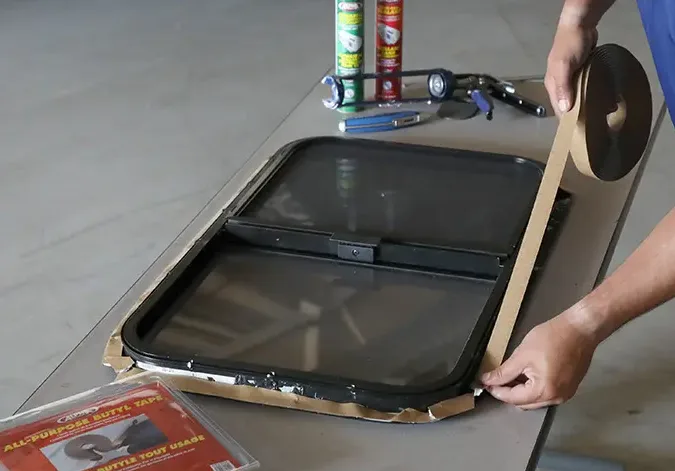
6 Tips to Maximize the Effectiveness of Butyl Tape on Your RV
1. Always store butyl tape at room temperature. Extreme cold can make the tape stiff and difficult to handle during application.
2. Use a plastic scraper to smooth the tape as you apply it. This eliminates air gaps and ensures a tight, uniform seal without damaging the adhesive.
3. Choose the right type of tape for your specific application. If you’re sealing areas exposed to high temperatures or direct sunlight, consider using butyl foil tape for added durability.
4. Avoid stretching the tape as you lay it down. Stretching can weaken the adhesive bond, reducing its ability to maintain a watertight seal over time.
5. Inspect your tape periodically, especially in areas subject to stress like roof seams or vents. Regular checks can help you catch wear or damage before it leads to leaks.
6. Always clean the surface thoroughly before applying the tape. Even small amounts of dirt or residue can compromise adhesion and allow water to seep through.
To learn about other tips of using butyl rubber tape, please read: how to use butyl tape most effectively?
Conclusion
Butyl tape is an essential tool for RV maintenance, offering a simple yet powerful way to protect your vehicle from leaks and water damage. Its flexibility, durability, and waterproofing capabilities make it the ideal solution for sealing seams, windows, vents, and more. At Fonitaniy Tape, we’ve been providing adhesive solutions for over 15 years, including high-quality butyl tapes designed to meet the demands of modern RV owners. From waterproof butyl tape to specialty products like butyl foil tape, our innovations help keep your RV safe, secure, and ready for adventure.
FAQs About Butyl Rubber Tape
What makes butyl tape better than caulking for RV use?
Butyl tape offers flexibility and durability, making it less likely to crack or deteriorate over time compared to caulking.
How long does butyl tape last once applied?
Butyl tape can last for years, depending on the quality of the tape and the conditions it’s exposed to.
Can I use butyl tape on an RV roof?
Yes, butyl tape is ideal for sealing RV roof seams and patches, providing a watertight barrier against rain and moisture.
Does butyl tape work in extreme temperatures?
Yes, butyl tape remains flexible in cold conditions and resists breakdown in high heat, especially when using butyl foil tape.
Can butyl tape be used on fiberglass RVs?
Absolutely. Butyl tape adheres well to fiberglass, making it a great choice for sealing seams, windows, and vents on fiberglass RVs.

